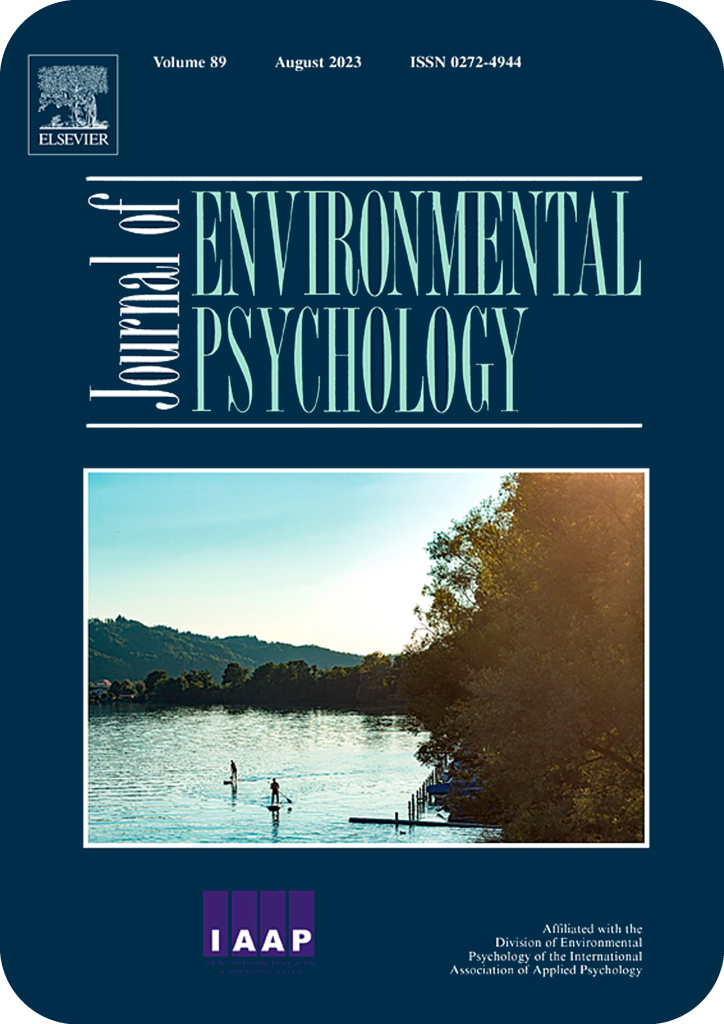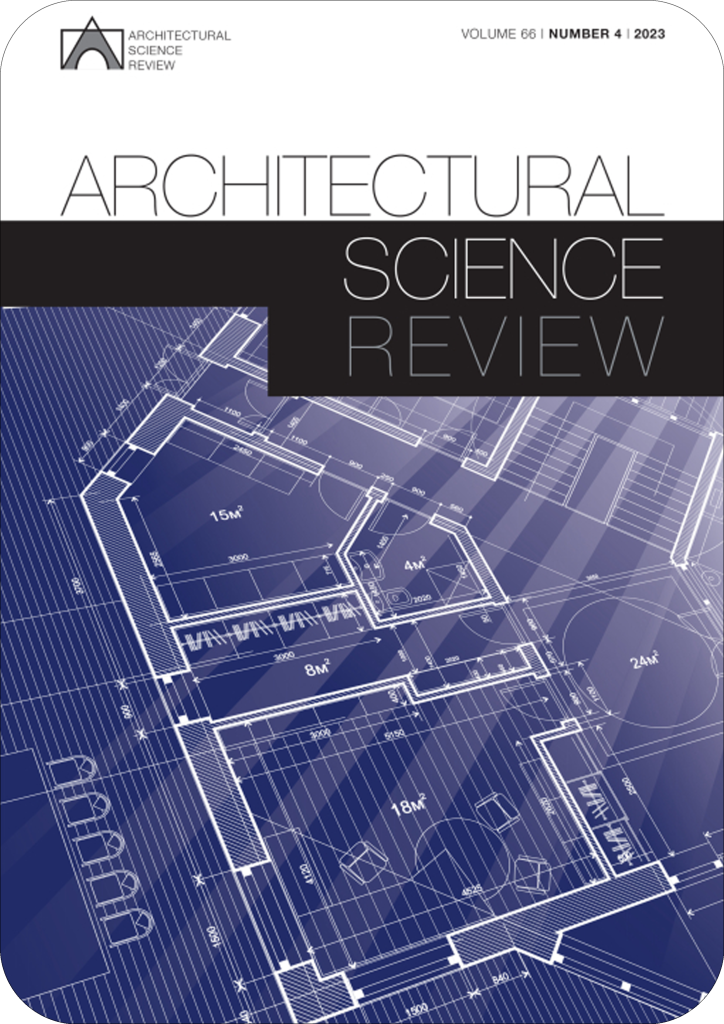
Abstract: Social media is used nowadays for various location-based applications and services, aspiring to use the vast and timely potential of user-generated content. To evaluate the correctness, reliability and potential of these applications and services, they are mostly evaluated in terms of optimization or compared to existing authoritative data sources and services. With respect to route planning, criterion optimization is mostly implemented to evaluate the service effectiveness, in terms of, e.g., length, time or visited places. These evaluations are mostly limited in their effectiveness at presenting the complete experience of the route, since they are limited to a predefined criterion and are mostly implemented in two-dimensional space. In this research, we propose a comprehensive evaluation process, in which a tourism walking route is analyzed with respect to three-dimensional visibility that measures the attractiveness of the route relating to the user perception. To present our development, we showcase the use of Flickr, a social media photo-sharing online website that is popular among travelers that share their tourism experiences. We use Flickr photos to generate tourism walking routes and evaluate them in terms of the visible space. We show that the 3D visibility analysis identifies the various visible urban elements in the vicinity of the tourism routes, which are more attractive, scenery and include many tourism attractions. Since urban attractivity is often reflected in the photo-trails of Flickr photographers, we argue that using 3D visibility analysis that measures urban attractiveness and scenery should be considered for the purpose of analysis and evaluation of location-based services.
More Papers



